In their recent report, Teacher Well-Being: Identifying the Reasons Behind Teachers’ Decisions to Stay or Leave, NAIS found that the reasons teachers choose to leave or stay at a school can be summed up into three goals: making an impact, feeling trusted, and finding work-life balance.
While, in our most recent R&D report, A New Kind of Leader: Managing Talent & Experience for a New World of Work, the Ventures team found that “Monitoring the health and growth of the organization, culture, and individual will require leaders to remap their processes and systems while employing new tools to monitor and be responsive in real-time.”
How might the processes and systems for professional development fit into the health of an organization and an individual? And how might schools leverage professional development to boost faculty engagement, agency, and trust? How might faculty make an impact through professional development?
Deeper understanding begins with close looking and empathetic analysis of our current reality. What system for professional development currently exists?
If faculty engagement, agency, and trust are design drivers for a reimagined system for professional development, take time to interview faculty members about their experiences with your current professional development system. Consider using our Ventures Four Corners tool, from our Compass Design Thinking Field Guide, to capture things faculty like most, things faculty don’t understand, things that could be improved, and new ideas to consider regarding your professional development system.
How much do faculty members currently feel they are making an impact through professional development? How much trust do they feel regarding professional development?
In our experience, a robust system for professional development is a layered system that allows for both school and individual goals, as well as personalization and customization based on unique faculty needs and experience. This type of layered system looks both inward and outward to draw on the expertise of those outside your organization, like conferences, workshops, and speakers, as well as the expertise of faculty and staff within your organization.
Opportunities for faculty to share their expertise within their own school community, like sharing a strategy they’ve been researching and trying during a faculty meeting, leading a book study, or modeling instructional practice for another teacher, strengthen teachers’ engagement and promote their sense of agency. At the same time, when leaders highlight their own teachers to lead professional development, it conveys a strong sense of value and trust.
Creating moments for faculty to share their learning experiences from outside the school, like key takeaways from a conference or a school visit, also allows the organization to cascade that learning and multiply its effectiveness. This also reinforces the importance of teachers as learners who are excited to share their learning and to cultivate a community of learners within their school.
In this age of technological and social acceleration and change, the rapidly changing contexts of the world will require something different of us all. In order to meet the needs of all the learners entrusted to us, we must remain agile to new ideas. We, as educators, must be committed not to being experts, but to being expert learners. This means we will have to be willing to look at old processes and systems and ask hard questions. Is this system serving its intended purpose? What could be improved to better serve our people and our mission?
So, how might schools boost faculty engagement, agency, and trust through professional development? Your answer will uniquely reflect your school’s mission, vision, community, and core values. Need help along the way? MV Ventures helps schools to innovate programs and systems, including systems for professional development. Want to learn more or get started on your transformation journey? Schedule a Call Today!

